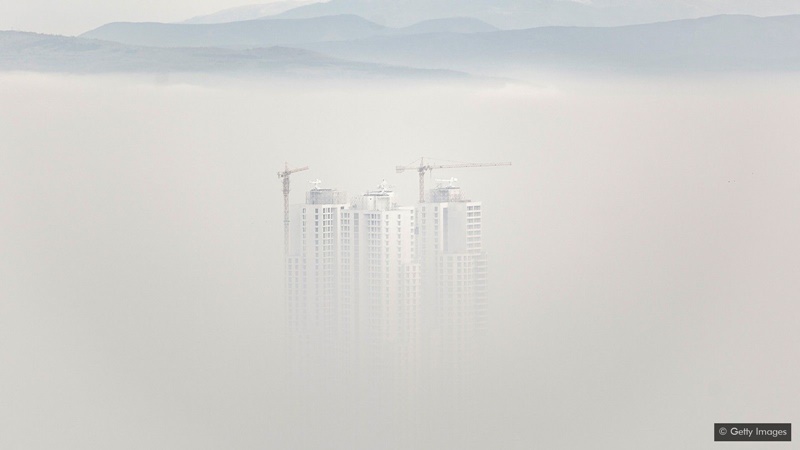“We always knew there was a problem with pollution because we can see it,” says Kosta Barsov, who lives in Skopje, North Macedonia. “In winter it stinks – if I open my bedroom window while I’m studying it feels like I’m suffocating. If I go walk my dog, I have to change my clothes when I get back because they smell.
Every day in winter, 16-year-old Barsov opens the AirCare app on his phone and checks the pollution levels around him. “There are two sensors close to my house and it’s always really polluted in winter,” Barsov tells me. If he sees a green circle, the air around him is reasonably clean. If it’s yellow, there’s some pollution but it doesn’t break EU limits. If it’s red or darker, pollution is over the limit, and hazardous to health.
The app has become an essential tool to Barsov, and many others in the city, for understanding where the pollution is and exactly how bad it is. As a result, it has sparked growing awareness, and concern, about the city’s air.
“A lot of people use the app, my uncle has asthma and he’s always checking it,” says Barsov, who is a member of the local Fridays for Future chapter, a global youth movement for action on climate change. “There’s been a lot more awareness over the past few years, and I feel we’re building a movement.”
Skopje regularly tops the lists of the most polluted cities in Europe, and sometimes the world. In 2018, levels of PM10 – tiny pollutant particles 10 nanometres in size that are harmful to human health – exceeded EU limits for a total of 202 days in the city. While North Macedonia is not part of the EU, it has entered accession negotiations and has some way to go to meet EU air quality standards. At present, the World Health Organization has estimated that around 4,000 premature deaths a year in North Macedonia may be due to air pollution, and the economic cost to Skopje is thought to be between €570 and €1,470 million.
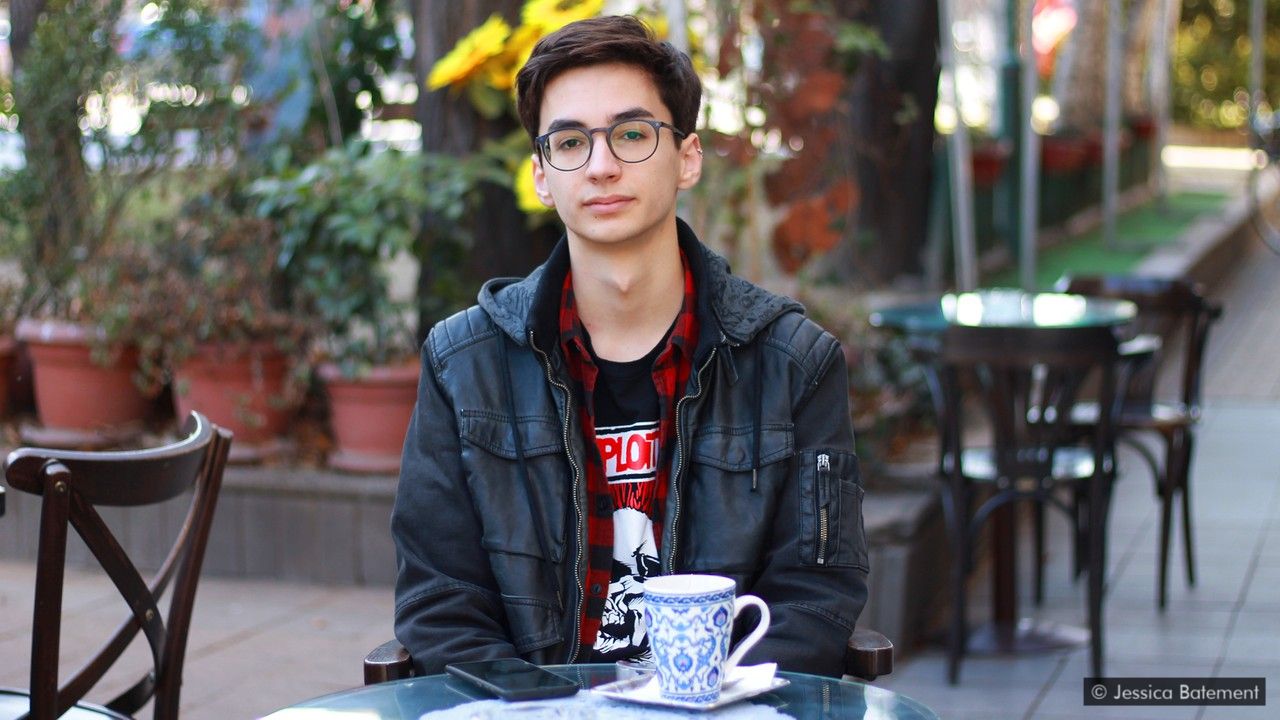
The city is enjoying a balmy spring when I visit, yet I can still smell the sharp mix of car fumes and wood smoke every time I step outside my apartment, and my throat regularly feels irritated. Barsov says pollution affects his quality of life so much that it’s one of the reasons he and his friends plan to move abroad after studying. “It really puts me off living here,” he explains. “For three months every year you can’t really go outside or even open the window. It’s so depressing.” They may not be the only ones to leave North Macedonia to escape the pollution – in 2017, the World Bank estimated that one third of the country’s graduates were living overseas.
I knew there was pollution but I didn’t know how bad it was. I was looking at the data and I thought, these numbers are way too high… could it be wrong? – Gorjan Jovanovski
There are several factors causing the smog, but they all have one thing in common: poverty. The average monthly wage in the country is €250 and many people can only afford to heat their homes by burning wood, biomass fuel pellets or sometimes even plastic. Old cars that don’t meet EU emissions standards are imported and sold cheaply, and public transport is limited. Power plants and industry also play a role. All this murky air is trapped over the city by high mountains all around; in winter, temperature inversion creates a “seal” of warm air over the valley which locks cold air inside. All the smog and fumes produced then get stuck here, too.
But, for Europe’s most polluted city, there was relatively little awareness of just how bad the air quality was before the AirCare app came about. It was developed more or less by chance in 2015 by Gorjan Jovanovski, then a 22-year-old engineering student. “I was trying to teach myself how to develop apps for Android,” he says, adding that he didn’t have a particular interest in environmental issues at the time. He was browsing a government website to get some ideas when he came across the pollution figures, which are gathered from state-run measuring stations.
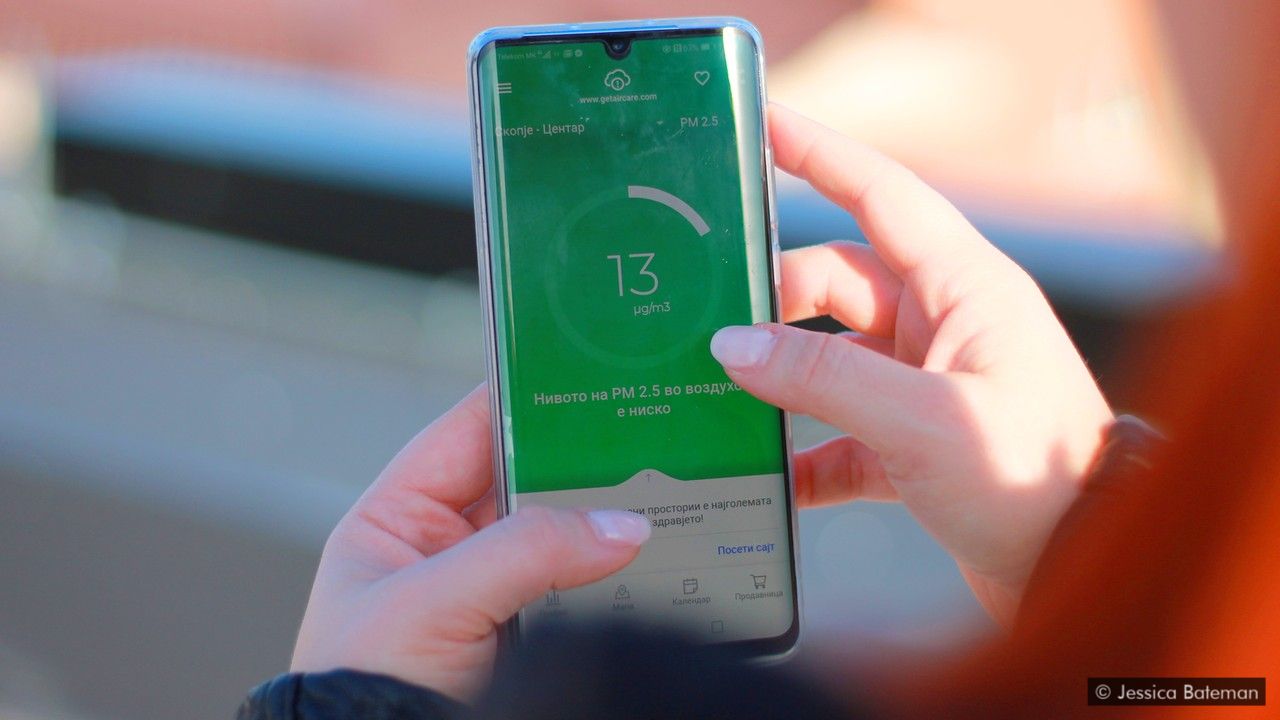
“I knew there was pollution but I didn’t know how bad it was,” he recalls. “I was looking at the data and I thought, these numbers are way too high… could it be wrong? Could the sensors be malfunctioning? I don’t know anything about pollution, so I had to look everything up.”
Jovanovski built and published the app, but wasn’t prepared for how quickly it gained popularity. “It actually caused technical problems because it wasn’t optimised for that many users,” he says. “People were sharing screenshots of the pollution levels on social media. Some started using a red circle over their profile pictures as a protest sign.”
Of course, some people were also suspicious. “There were lots of rumours that I was from one of the political parties and doing this to spread hostility,” he says. “Then people slowly started to realise, ‘oh wait, this is the truth’.”
One of the groups that formed after the app’s release was the O2 Initiative, which campaigns on a wide range of environmental issues. “Gorjan gave the people what they needed to understand it,” says Eli Pesheva, who co-founded the group. “It’s simple. If there’s a red circle, your health is in danger. The life of your family is in danger.” She and other activists soon came together through social media. “We realised there might be a critical mass of people who could push for change.”
I’ll see many cases of bronchitis from autumn to early spring. It’s like [children are] choking when they come in – they’re actually breathless – Mimi Kimovska-Hristova
Pesheva has first-hand experience of the health impact of pollution. For years she was living in the neighbourhood of Novo Lisice, one of the lowest parts of Skopje and therefore one of the most polluted. “I never had any problems but my husband and two daughters couldn’t breathe,” she says. “They were always struggling with allergies and respiratory infections.” A few years ago, the family made the decision to move uphill, further out of the city. “In winter, you go along the road that leads to my house and you cross the line of pollution,” she says. “It’s like you come out of the clouds and into the sky. We say it was the best decision we ever made.”
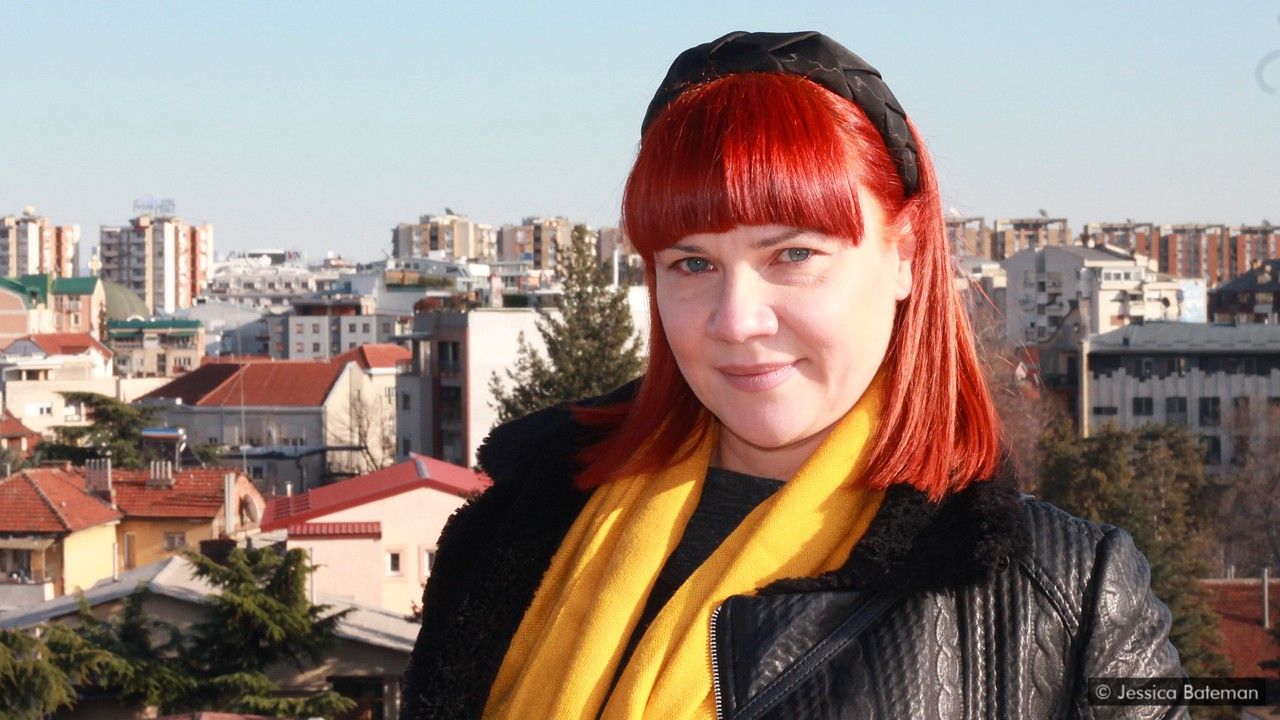
Mimi Kimovska-Hristova, a paediatrician in the intensive care unit at the City General Hospital, has witnessed for years the effects of the toxic air on Skopje’s children. “Children have much smaller airways, so the particulate matter gets stuck more easily,” she says. The air pollution damages the protective tissue that lines the airways, leaving them more vulnerable to viruses and bacteria, and excess mucus is produced, leading to coughing. (Read more about the link between air pollution and respiratory diseases such as Covid-19)
“I’ll see many cases of bronchitis from autumn to early spring,” Kimovska-Hristova continues. “It’s like they’re choking when they come in – they’re actually breathless.” She adds that if families can afford to move out of the city centre to a less polluted neighbourhood, children’s bodies can easily recover. Kimovska-Hristova also sees high rates of asthma and cancers in children “that we wouldn’t expect to see, such as tumours in the throat”.
Before the app’s launch, Pesheva says it had been difficult to mobilise more than a few hundred people for environmental protests. But in December 2015, with winter smog at its peak, over 1,000 people gathered in Skopje’s main square to protest against air pollution. “People were contacting us on social media every day, asking what they could do and how they could get involved,” Pesheva remembers.
However, there was one problem with the pollution data that AirCare was using. The government measuring stations it is pulled from are incredibly expensive to maintain and often malfunction or break down. This leads to the readings not showing on the app. A 2019 UN Environment Programme (UNEP) report into air pollution in the Western Balkans highlighted inconsistent data due to a lack of financial resources to maintain the stations was a challenge across the region. Pesheva discussed the situation with a colleague at the marketing agency where she works, Pance Cavkovski.
“I started looking online for other solutions and I found you can buy sensor equipment for about €60,” he says. Cavkovski and colleagues ordered around 50 sensors and distributed them to colleagues. The devices need to be placed outside, such as on a balcony, fixed to a wall and away from direct sunlight, rain and other sources of contamination, such as chimneys. They also can’t be higher than four storeys up if they’re to get an accurate indication of ground-level pollution.
Cavkovski created an app, PulseEco, collating all the readings, and made the data open source so that it shows on AirCare too. Cavkovski also published guidelines for how people can order and construct sensors themselves and how other cities can join the network.
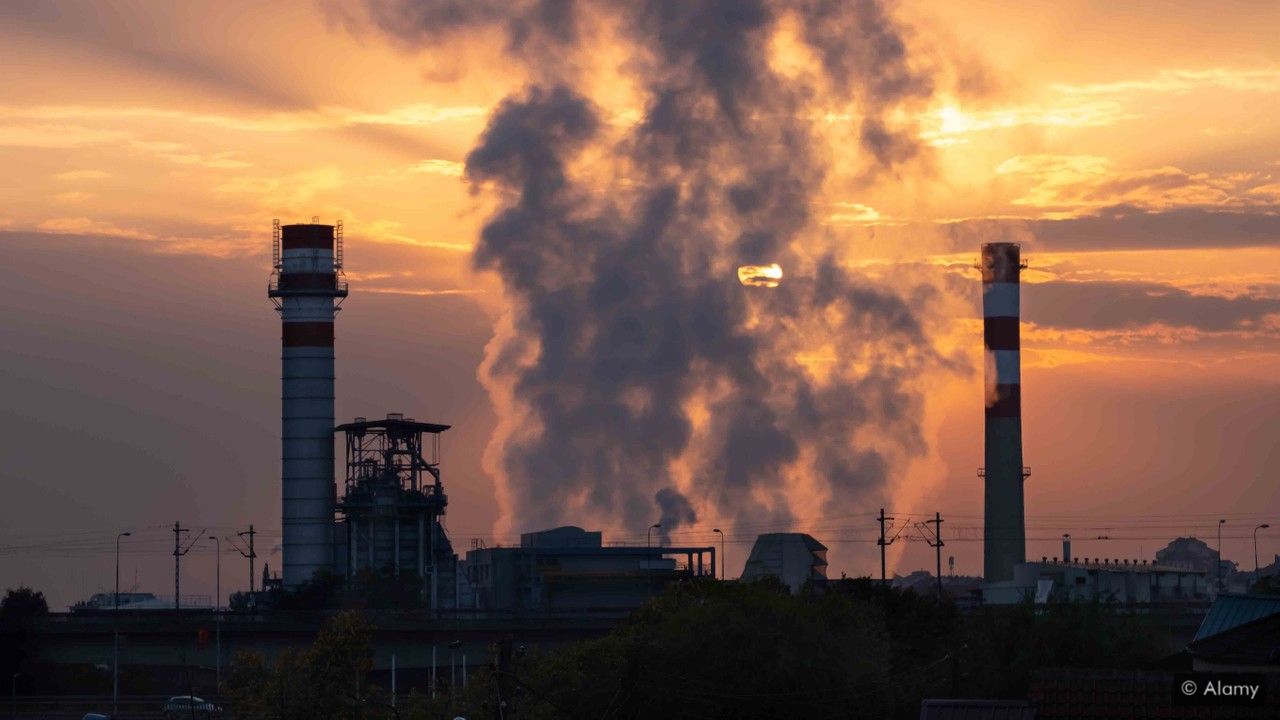
However, the sensors are controversial because they don’t meet the European Air Quality Index’s measurement standards and give lower quality data. As a result, politicians in the country have spoken out against their use. “I do appreciate what civil society’s doing, because if they’re not making noise no one will be aware,” says Olivera Kujundzic, who is head of air quality at Montenegro’s environment agency and co-author of several studies for the EU and UN Development Programme on Macedonia’s air pollution. But she worries that DIY solutions may damage public trust in science and expertise. “We need to adhere to standards.”
Cavkovski asserts that the cheaper devices are reliable. “We’re not saying they’re as good as the more expensive ones, but they show the same readings,” he says. Jovanovski adds: “If the government won’t provide accurate data, then people will find their own solutions.”
Many companies throughout the region do not report their emissions properly – Maja Colovic-Daul
The activists hope the sensors will help them locate the city’s worst polluters. Home heating has long been blamed as a culprit, and Cavkovski confirms that the readings increase as people light fires on cold winter nights. But pollution doesn’t disappear in summer, and Jovanovski claims some of the highest readings come from sensors close to factories and other industrial sites. It’s a pattern I notice too while checking the app as I walk around the city.
“The only way we can know for sure is if the factories allow sensors on their premises, but so far they’ve refused to work with us,” says Jovanovski. One factory I approached for comment said it would be open to installing sensors if they were in line with European Air Quality Index standards.
The controversy over pollution sources continues when speaking to scientists. “Residential heating is the first priority, then it’s traffic, and then industry,” says Mihail Kuchubovski from North Macedonia’s Department of Environmental Health. He adds that industry “used to be the problem” but businesses now have to obtain environmental permits under an EU directive that puts limits on emissions, as part of the move towards EU membership.
However, Maja Colovic-Daul, a lead author on the UNEP’s 2019 study, says she believes this is not always enforced. “Many companies throughout the region do not report their emissions properly,” says Colovic-Daul, who is also an environment and social consultant with the World Bank. “They are obliged to engage a certified laboratory to perform measurements, but we believe those results are often fake because if you look at the money they are paying the laboratories, it’s impossible to inform measurements for such a cost.” She adds that inspectors rarely have the correct equipment and that fines for breaking emissions limits are relatively low – from €3,000 to €10,000.
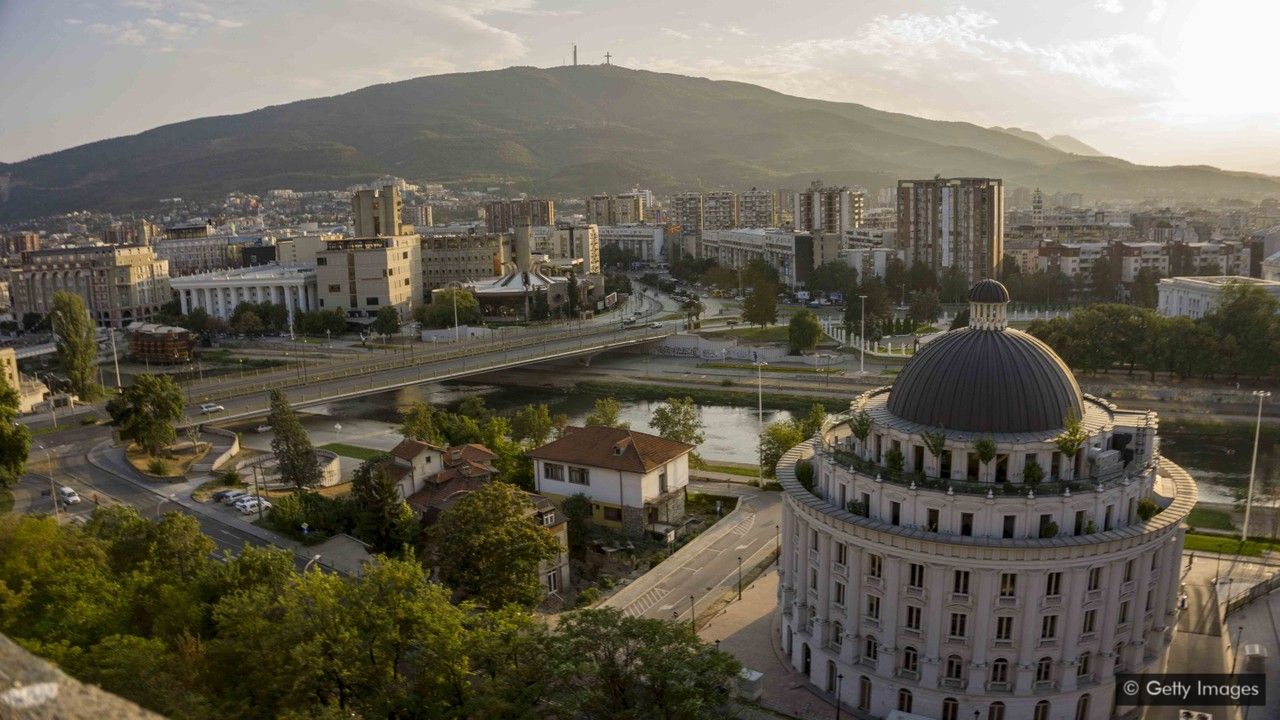
“It’s a poor region, so it’s often quietly accepted that these industries are employing people and so heavy fines are not introduced,” says Colovic-Daul. “It’s more cost-effective for companies to pay fines than invest in new technology.” Kujundzic confirms that bringing industry in line with EU rules is still “ongoing”, but she is optimistic that it will happen by 2023 to meet North Macedonia’s EU accession goals.
Back in Skopje, activists are confident that their work is beginning to force the government to take action. “All the political parties came to us asking for recommendations for their election programmes,” says Pesheva. “We gave them 20 pages.”
Progress has been slow, however. “I can’t say the government hasn’t done anything, but it’s all been very small,” says Jovanovski, citing certain measures, such as free public transport, that are now brought in when the PM10 levels are four times over the EU limit for two days in a row, “It shouldn’t be four times over the limit in the first place,” he says.
When I meet young activists I tell them we need them to stay in the country. If you don’t like something, you have to fight to change it – Eli Pesheva
Other solutions being pushed for include better public transport, a pedestrianised city centre and more solar heating to reduce fuel burning. “There are plenty of easy solutions, but they all take political will,” says Pesheva.
Jovanovski has now rolled out AirCare to all 11 countries in the Balkan region. Other pollution hotspots include the cities of Sarajevo and Belgrade, which topped the list of the world’s most polluted cities for several days in winter 2019. He is also funding the app through advertising and is moving home to Skopje from Amsterdam to work on it full-time.
“I want to integrate it with the European Space Agency’s pollution tracking satellite, so we can cover areas there aren’t sensors,” he says. “I also have a prototype for a Bluetooth sensor you can walk around with.”
Pesheva is hoping the current wave of activism may slow down the country’s heavy emigration. “When I meet young activists I tell them we need them to stay in the country,” she says. “If you don’t like something, you have to fight to change it.”
Barsov thinks she may be right. “This is a country where people often lose hope because they don’t see anything changing,” he says. “But I think the movement that’s been created has actually bought us some hope.”
—
The emissions from travel it took to report this story were approximately 52kg CO2, travelling by train and bus. The digital emissions from this story are an estimated 1.2g to 3.6g CO2 per page view. Find out more about how we calculated this figure here.
BBC / Balkantimes.press
Napomena o autorskim pravima: Dozvoljeno preuzimanje sadržaja isključivo uz navođenje linka prema stranici našeg portala sa koje je sadržaj preuzet. Stavovi izraženi u ovom tekstu autorovi su i ne odražavaju nužno uredničku politiku The Balkantimes Press.
Copyright Notice: It is allowed to download the content only by providing a link to the page of our portal from which the content was downloaded. The views expressed in this text are those of the authors and do not necessarily reflect the editorial policies of The Balkantimes Press.

